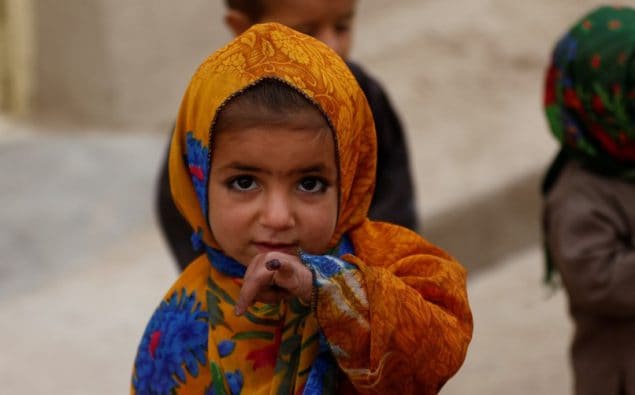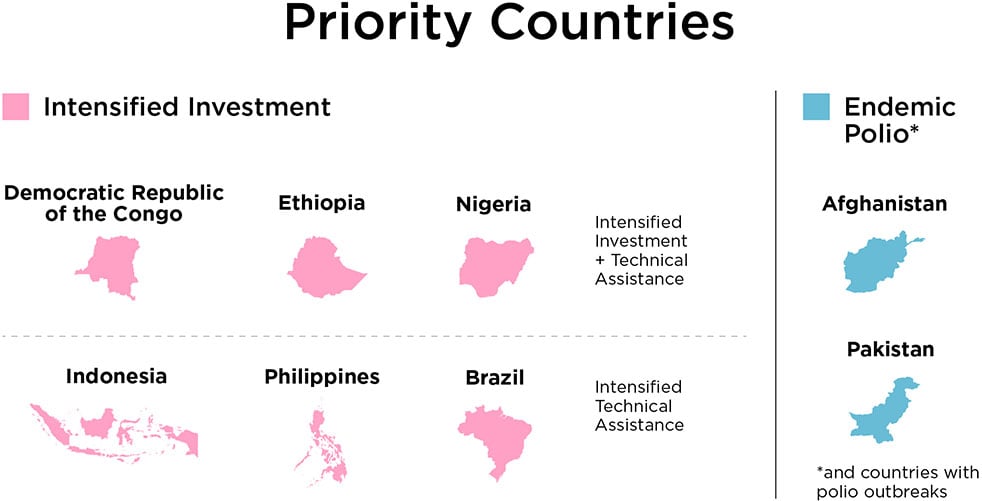What CDC is Doing in Global Immunization
Updated October 30, 2023
CDC’s Global Immunization Division (GID) works to strengthen global immunization programs, both operationally and scientifically, to prevent and advance the control, elimination, and eradication of vaccine-preventable diseases (VPD). GID works with U.S and global partners to:

Promote Equity by:
- Finding and vaccinating persistently missed children and other underserved populations
- Supporting new vaccine introduction against diseases that are high burden
Prevent Disease by:
- Helping countries achieve global control, elimination, and eradication targets for high burden VPDs
- Reducing large or disruptive VPD outbreaks
Build Strong Immunization Programs that:
- Deliver immunizations to all children and adults
- Strengthen the delivery of other public health interventions
GID is Dedicated to Ensuring That Everyone, Everywhere, Shares in the Benefits of Immunizations
Establishing and sustaining essential immunization services to deliver vaccines across the life course is critical to advancing health equity, in the U.S. and around the world. CDC’s global immunization mission helps improve vaccine equity, a pillar for strengthening global health security, to reduce VPD-death, disease, and disability and protect Americans where they live, work, and play.
Through global engagement, CDC:
- Innovates to speed the availability and deployment of new vaccines and diagnostics
- Develops and implements vaccine strategies to prevent transmission and disease
- Works with countries to strengthen surveillance, laboratory, and immunization programs to enhance their ability to detect and respond to outbreaks
- Supports countries and partners to sustain adequate resources and workforce, evidence-based decision making, and immunization safety systems that protect domestic and global populations
GID Works with Global Partners to Support Countries All Over the World
Our intensified focus on priority countries helps CDC guide its investments to save and improve the most lives through vaccination. GID also works in other countries, as well as at regional and global levels, to advance specific priorities. GID’s country priorities are based on epidemiological characteristics, risk assessment, and potential for CDC to make a critical contribution.

Intensified Investment Countries: Brazil, Democratic Republic of the Congo, Ethiopia, Indonesia, Nigeria, Philippines. These are countries containing “consequential geographies,” or areas within countries where outbreaks of vaccine-preventable disease are more likely, and also more likely to spill over to neighboring geographies, giving them “consequential” impacts beyond their geographic size or population.
Endemic Polio Countries: Afghanistan and Pakistan, as well as countries experiencing polio outbreaks.
Immunization programs can most effectively prevent death, disease, and disabilities when national vaccine coverage rates are high, sustained, and reach at-risk populations across the life course. CDC helps improve these rates by strengthening systems, identifying priority populations, removing barriers, and supporting vaccination through global partnerships.
Learn more about CDC’s Global Immunization Strategic Framework.